The Texas bluebonnet: What is not to love about its bright blue flowers, set against the rich green of its foliage? The favorite flower of most dyed-in-the-wool Texans, the bluebonnet actually has several different incarnations. All five varieties of the bluebonnet look so similar though, that to the untrained eye, one would probably not be able to tell the difference. One thing is for certain though–when you spot that blue lupine standing tall in a field, no matter which variety of bluebonnet it is, you are home.
Nature
The 5 Varieties of the Texas Bluebonnet
Lupinus subcarnosus (Sandyland Bluebonnet)
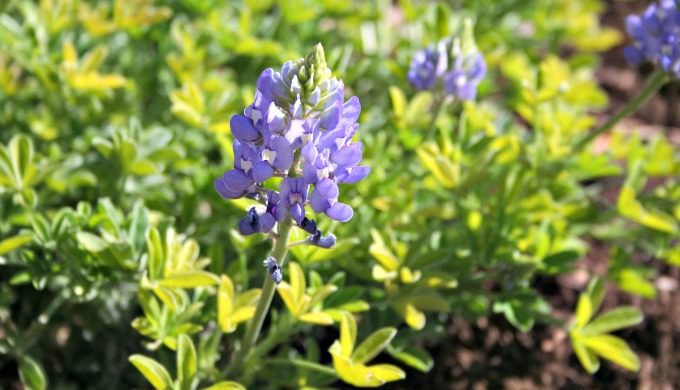
Photo: Flickr/Amy the Nurse
This was the original State Flower of Texas, named so by the Texas Legislature in 1901. The Lupinus subcarnosus has a slightly more muted color scheme and tends to have less densely-packed flower petals, giving it a more sparse, willowy look. You’ll find this variety of bluebonnet in south central Texas, especially prominent in Hidalgo County. It was unseated as the official state flower in 1971, when the legislature conglomerated all varieties of the lupine into one, generic Texas Bluebonnet, becoming the official state flower.
Lupinus texensis (Texas Bluebonnet)
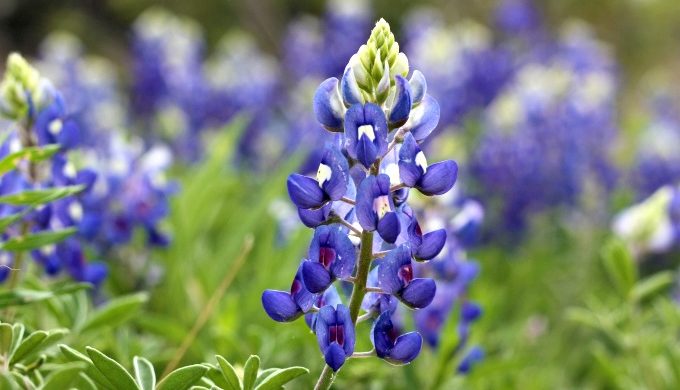
Photo: Flickr/gilldrums73
This variety of bluebonnet is the most popular and most recognized as the state’s official flower. With deep, royal blue petals that are large, showy and packed, this variety has more flower heads per stem which results in a bigger impact flower. Each stem can have upwards to 50 fragrant flowers, featuring white tips that compliment the dark blue nicely.
Lupinus havardii (Big Bend Bluebonnet)
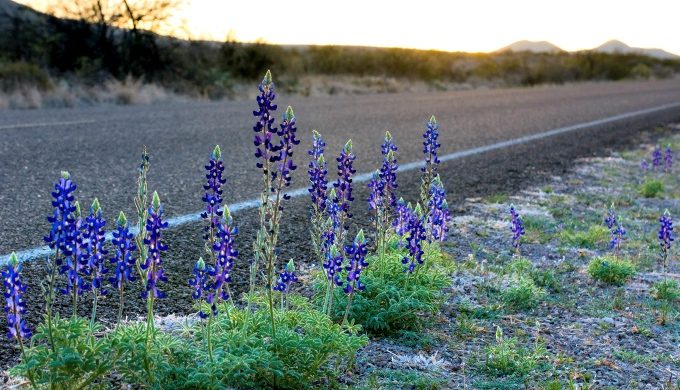
Photo: Flickr/BevoStevo
If you have traveled through west Texas, (namely in the Big Bend region of the state) in early springtime, you might have stumbled upon this behemoth version of the state flower. Standing up to three feet tall, the Big Bend Bluebonnet is tall and gangly with flowers adorning only the top four to eight inches of stem. This variety is so well suited to life in far west Texas that it all but refuses to flourish anywhere else.
Lupinus concinnus (Annual Lupine)

Photo: Flickr/Don Davis
The tiniest version of the state flower, the annual lupine is found all over the southwest from Texas, stretching to California, and northern Mexico. Not nearly as assuming at its fellow lupines, the annual lupine features darker purple and red blooms and prefers to live in sandy soils. This desert-dweller is a favorite among bees.
Lupinus plattensis (Dune Bluebonnet)
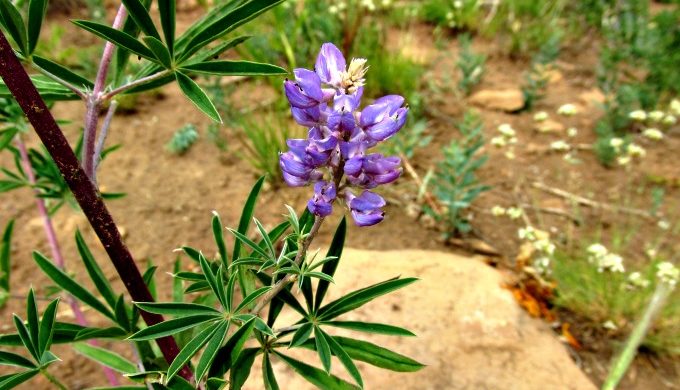
Photo: Flickr/brewbooks
The Dune Bluebonnet makes only a brief appearance in the Texas Panhandle but nowhere else in the state. It is much more prevalent in Montana, Nebraska, Colorado and parts of New Mexico. The Dune Bluebonnet is the only perennial species of bluebonnet in Texas. It stands two feet tall and features light blue flowers with a dark spot.
Interested In Growing Your Own?

Photo: Flickr/Diann Bayes
There are a few “rookie mistakes” in bluebonnet cultivation. Many folks water their bluebonnets too much and some even try to plant them under trees. The truth is, bluebonnets love nothing more than dry conditions and sun…lots of sun! Also the time to plant the seeds is in September and October. This allows the plants time to form good, strong roots during the coldest part of the year which will set the stage for a colorful show in the spring.
Beware the Roly-Poly
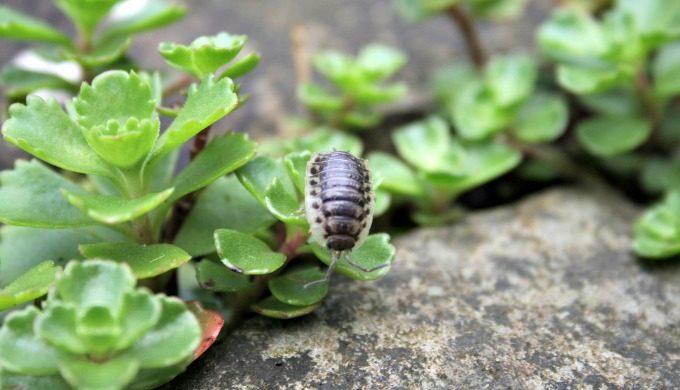
Photo: Flickr/Mark Crossfield
Some call that prehistoric looking little ball of insect a “pill bug,” some call it a “roly poly,” but one thing is for certain: this unassuming little crustacean has quite an affinity for the bluebonnet and can eat an entire plant overnight. The good news is that the deer who call Texas (and our yards) home typically do not eat bluebonnets, so you can add the lupine to the list of deer resistant plants.
No matter which variety of Texas bluebonnet you call your favorite, this beloved springtime visitor is special to all. While the flower may look slightly different from region to region it stands as a symbol of the unspoiled, natural beauty of the state of Texas. As the former Texas governor, Wilbert Lee “Pappy” O’Daniel once sang, “You may be on the plains or the mountains or down where the sea breezes blow, but bluebonnets are one of the prime factors that make the state the most beautiful land that we know.”
Sources:
www.aggie-horticulture.tamu.edu
Originally published in Heart of Texas Magazine, Spring 2018, by Texas Media Group, LLC. All Rights Reserved.



